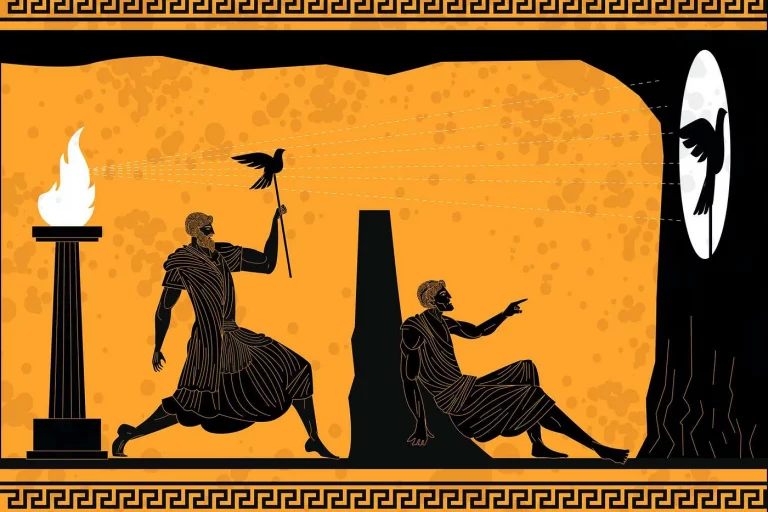Design for emotion: ready for the next decade?
This is the central thesis of a uiGarden guest contribution by Paul Hekkert and Pieter Desmet of TU Delft’s ID-Studiolab and the Design and Emotion Society.
“After ten years of desperate, superficial, intuitive, clever, and over-the-top attempts, we feel the time is right to make a next step, a step to make design for experience a mature and powerful design strategy that can fundamentally change design practice and the designs that come out of it. So, how do we think such a mature strategy will look like? First of all, the desired experience should be defined before the product is designed. It should be congruent with and based upon the nature and function of the product, the company’s brand identity, and all kind of societal, cultural and social developments that seem worth to take into account. Defining an experience (profile) is not arbitrary and takes (a lot of) time; it is a design task in itself. The experience profile explains how the product will be seen and used, what meaning it conveys and what emotions and feelings it is supposed to elicit.”



